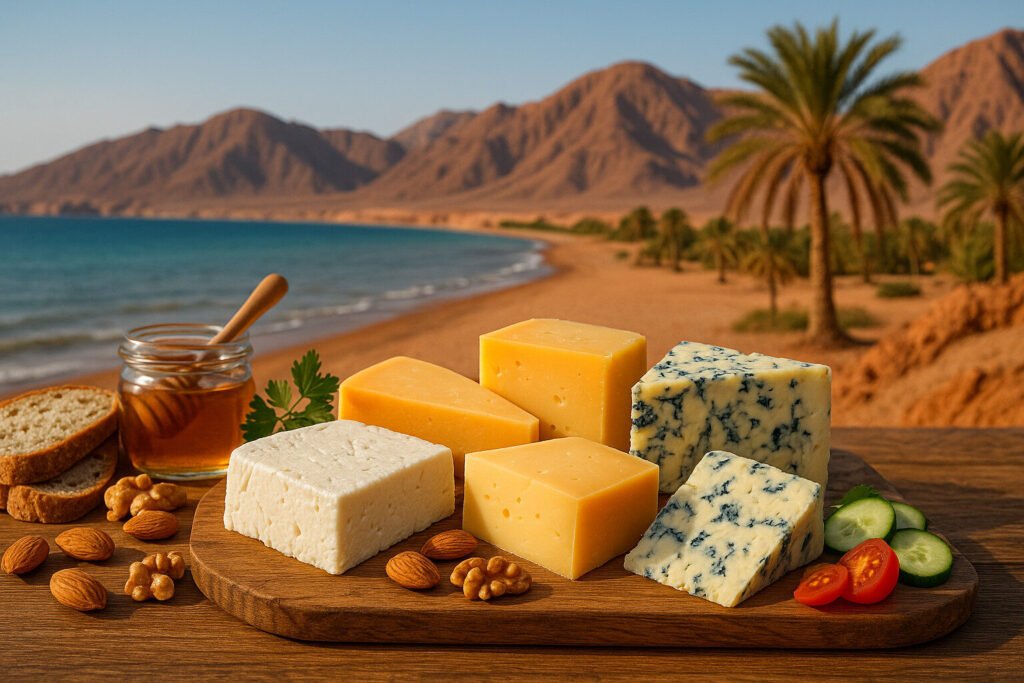Cheese Of Red Sea Region
Definition and Scope
Cheese from the Red Sea region refers to dairy products traditionally crafted in coastal areas of Egypt, Sudan, Eritrea, and Saudi Arabia. These cheeses often utilize milk from camels, goats, or sheep, reflecting the pastoral traditions of local communities. The category encompasses fresh, brined, and aged varieties adapted to the hot, arid climate.
Production methods have been passed down through generations, with many techniques designed for preservation without refrigeration. These cheeses are integral to regional diets and cultural practices, though they remain less known globally. Their unique characteristics stem from specific local ingredients and environmental conditions.
Production Techniques
Traditional Red Sea cheese production frequently involves brining or dry-salting to inhibit spoilage in high temperatures. Milk is typically coagulated using animal rennet or plant-based alternatives like fig tree sap. Curds are often hand-pressed and molded into distinctive shapes, such as discs or balls.
Many varieties undergo a brief aging period in woven baskets or clay pots, which allows for controlled moisture loss. Some producers sun-dry cheeses to develop a protective rind and concentrated flavor. These methods create stable products capable of withstanding long storage and transport across desert trade routes.
Sensory Profile
Red Sea region cheeses typically exhibit pronounced salty and tangy notes from brining processes. Textures range from crumbly and dry in aged versions to soft and moist in fresh varieties. Camel milk cheeses often have a subtly sweet, gamey undertone distinct from bovine dairy products.
Aromas may carry hints of yogurt, earth, or preserved lemons depending on aging conditions. The flavor intensity varies significantly between fresh cheeses consumed within days and those preserved for months. These sensory characteristics directly reflect the maritime influence and sparse vegetation of the coastal landscape.
Culinary Uses
These cheeses commonly feature in traditional flatbread toppings, stews, and stuffed pastries throughout the region. Crumbled aged varieties are sprinkled over ful medames (fava bean dish) or mixed into spice-blended rice preparations. Fresh cheeses often accompany breakfast meals with dates and bread.
In coastal communities, cheese is frequently paired with fish dishes to balance richness with salty acidity. Modern interpretations see these cheeses incorporated into fusion salads and sandwich fillings. Their robust flavors allow them to stand up to strong spices like cumin, fenugreek, and chili.
Regional Examples
Egypt’s Red Sea coast produces Gibna Bayda, a white brined cheese similar to feta but with distinct herbal notes. In Sudan, Karish cheese made from skimmed milk is often stored in earthenware jars with olive oil. These varieties demonstrate adaptation to both Bedouin nomadic lifestyles and settled coastal villages.
Eritrean coastal communities craft Ayib, a fresh cheese traditionally served with injera bread. Saudi Arabian Tihamah region produces salted goat milk cheeses aged in animal skins. Each locality maintains slight variations in texture, salt content, and aging time that define their culinary identity.

